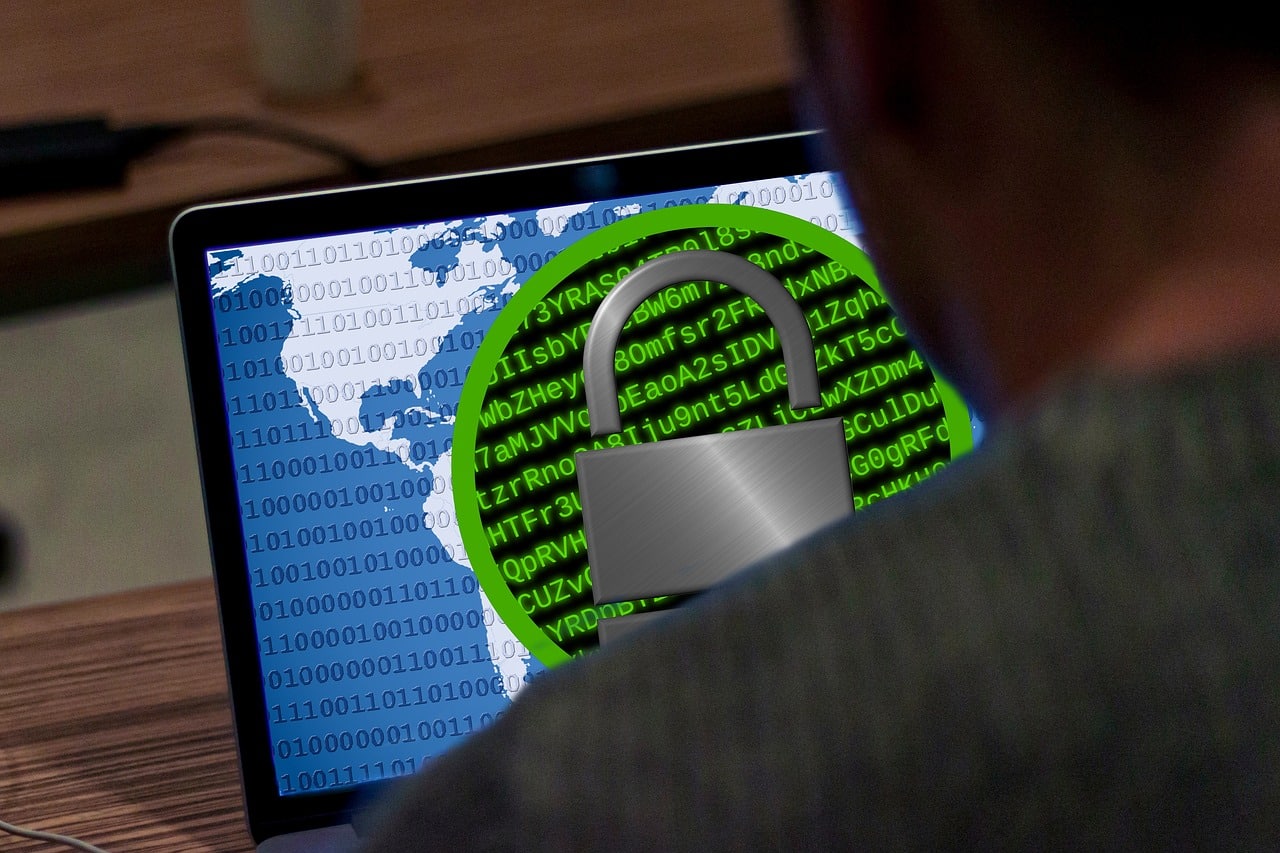The cornerstone of any successful business is protecting itself from outside threats. With privacy constantly and consistently threatened by bad actors/hackers across the globe, it’s even more critical now than ever before to establish a protection plan. Regardless of your industry, hackers are out there, ready to deploy the latest malware and wreak havoc. Protecting yourself against ransomware attacks comes with a bit of knowledge, safe practices, and preventive measures. Here’s a short guide to protecting yourself from the most dangerous ransomware attacks.
Ransomware Defined
If you’ve been online in the past few years, you’ve undoubtedly heard about ransomware. But what is ransomware, exactly? In short, it’s a type of malware that infiltrates your computer/device and proceeds to encrypt your files using various encryption methods (usually a hybrid of symmetrical and asymmetrical methods). Once your files are encrypted and you no longer have access to them, the attackers will try to extort typically large amounts of money from you. It’ll usually be an egregious amount and often, the attacker will demand it to be paid out as some form of cryptocurrency—although this can depend While ransomware can target individuals, it can have incredibly adverse consequences on businesses or organizations that become infected. Hospitals, healthcare, education, infrastructure, transportation, police, and many other industries. The FBI actually recommends ransoms aren’t paid—ostensibly because paying a ransom can further embolden attackers and you may not receive the decryption codes anyway—but victims often do pay the ransoms. Ransomware attacks continue to grow over time.
How An Attack Happens
Ransomware attacks occur in a number of ways. Phishing emails are still one of the most common and successful methods. If someone at the organization receives a legitimate-appearing email and clicks on the link inside, it’s pretty easy for ransomware to be downloaded and installed on the machine. If the individual supplies vital login information to the attackers, the attackers can exploit that info to gain access to critical parts of a company’s network or infrastructure. While phishing is one of the most likely suspects—even for RYUK attacks—but sometimes hackers can gain entry into a network using other methods. RYUK, for instance, uses several other programs to help it accomplish an attack. Other malware like Trickbot or Zloader can install RYUK directly once a breach occurs. Sometimes, hackers can use a system called Download-as-a-Service to help each other infect systems with malware.
Costs Of Ransomware
In addition to irreparably damaging files and releasing private information to the world at large, ransomware attacks have a high cost for their victims. It’s already out of control, with projections heading upward of $265 billion by 2031. But it isn’t just the fiduciary costs associated with ransomware that cause problems. Successful attacks shut down your operation (creating downtime), cost you money (in both ransom and loss of business), and can potentially expose your data to anyone. That’s not an ideal outcome. Business disruptions aren’t even the worst of it. Damage to your brand and reputation can be irreversible if you fall victim to an attack that results in private information finding its way onto the dark web or being bought and sold by other attackers.
The Most Dangerous Types
Among the many different types of ransomware, there are a few that are particularly dangerous and devastating. 2019’s Maze ransomware accounted for about one third of all ransomware attacks that year and it certainly earned its reputation. Maze actually stole data prior to encrypting files. They wouldn’t merely hold the files for ransom, they would threaten to publish the material if the ransom was not paid. REvil used legitimate CPU functions to bypass security procedures. In this manner, it could make its way onto the system to encrypt files. The consequences affected over twenty different business sectors and resulted in some high profile attacks. Then there’s RYUK. With its insidious methods of infiltrating a system, its propensity for demanding large amounts of Bitcoin, and its insane legacy (it’s named after a character from the anime Death Note, which gives you an idea of its severity), it’s very likely one of the most dangerous ransomware variations out there right now. There are many, many other types of ransomware, but these three are among the worst and hardest hitters several industries have dealt with in the recent past.
How To Prevent An Infection
When it comes to guarding against ransomware attacks, an ounce of prevention is your best bet. Always keep your applications updated and secure. It’s prudent to run regularly scheduled scans, perform maintenance, and train your employees to follow strong security methods like passphrases, complex passwords, multi-factor authentication, and not using unauthorized devices. Enhancing your network security with a software suite can also help, but backups are crucial as well. You may want to think about using the 3-2-1 backup method, too. Backups are essential to restoring an affected system—especially if the attacker doesn’t release decryption keys. In the 3-2-1 method, you should have three different copies of your data from different time periods (that’s the “three”), two copies spread across two different kinds of media, like a hard drive or the cloud (that’s the “two”), and one off-site backup (the “one.”). Backups aren’t a foolproof method, but they can be crucial when the time comes to recover from a ransomware attack.


